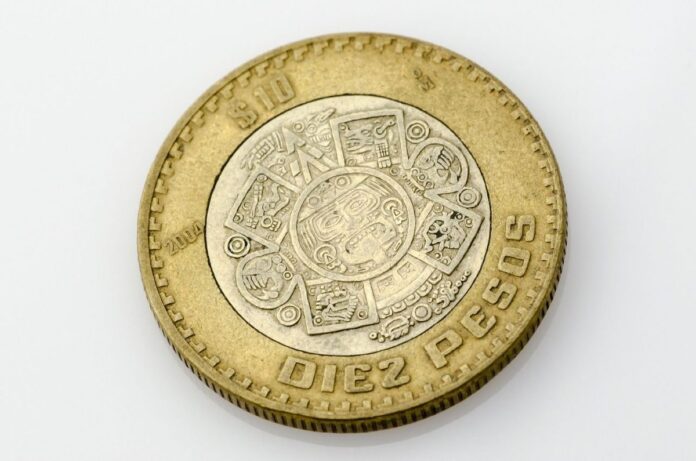The peso took a beating against the U.S. dollar after the election was called for Donald Trump early Wednesday morning.
The dive began about 7 p.m. CST on Election Night, when the peso plunged to a record low of 20.74 by 11 p.m. Tuesday. It rebounded briefly to 19.81 during the wee morning hours of Wednesday, spent the morning zigzagging wildly, and by early Wednesday afternoon was stuck at just under the 20.00 mark and not making much headway toward rallying further.
During the campaign, some of the peso’s fluctuations were inversely proportional to how well Trump was doing in the polls. In general, the peso is tied to the Mexican oil industry’s robustness, itself a function of the global price of crude oil.
The peso has been relatively weak against the dollar since oil prices began falling more or less steadily from $115 per barrel in June 2014. The election results set off a huge slide in oil prices (along with stocks and the dollar) down to $43 a barrel, nearly a two-month low. Oil prices had bounced back to $45.27 per barrel by Wednesday afternoon.
That’s still low from the oil producers’ perspective and will continue to drag down the peso. Analysts continue to watch it for signs that it will follow oil’s modest rally.
A weak peso is a detriment to the Rio Grande Valley, where the economy relies heavily on Mexican national shoppers. Such commerce tends to dry up the when pesos don’t buy as many dollars as they used to. It’s been happening for some time now, and Valley businesses are feeling the effect.
It’s a far cry from the 1970s and 1980s, when the peso and the dollar were neck and neck, a situation that began to change dramatically with peso devaluations during the late 1980s and mid-1990s, when the currency fell hard before beginning a meandering trajectory toward losing value against the dollar.
That path has been punctuated by temporary trending up and down in the years since. The peso suffered a precipitous fall in 2009 as oil consumption dropped due to the recession.
Going forward, the peso could suffer further depending on what Trump does with respect to Mexico. Any attempt to repeal NAFTA or otherwise shake up the U.S.-Mexico trade relationship, as he repeatedly threatened on the campaign trail, would affect the currency negatively, as would his proposed plan to tax the funds Mexican migrants send home in order to build a border wall.
Mexican Foreign Minister Claudia Ruiz Massieu reiterated Wednesday that the country’s government has no intention of paying for a border wall, echoing a similar statement President Enrique Pena Nieto made in August after Trump’s visit to Mexico.
Nevertheless, Pena Nieto posted on his Twitter account that he’s ready to work with Trump to strengthen bonds between the United States and Mexico.
“ Mexico and the United States are friends, partners and allies and we should keep collaborating for the competitiveness and development of North America,” he posted.
He said Mexico’s central bank had no plans to raise the base interest rate to shore up the struggling peso, something it has done three times this year, but was keeping an eye on the situation.




